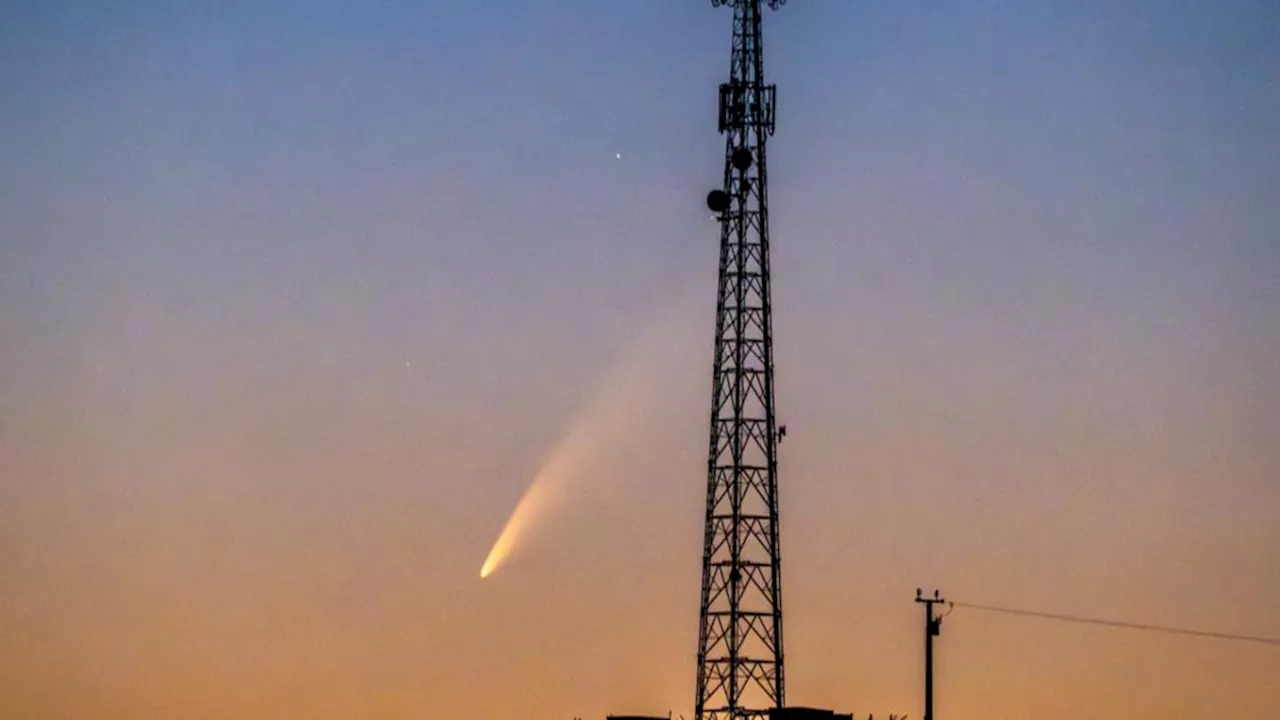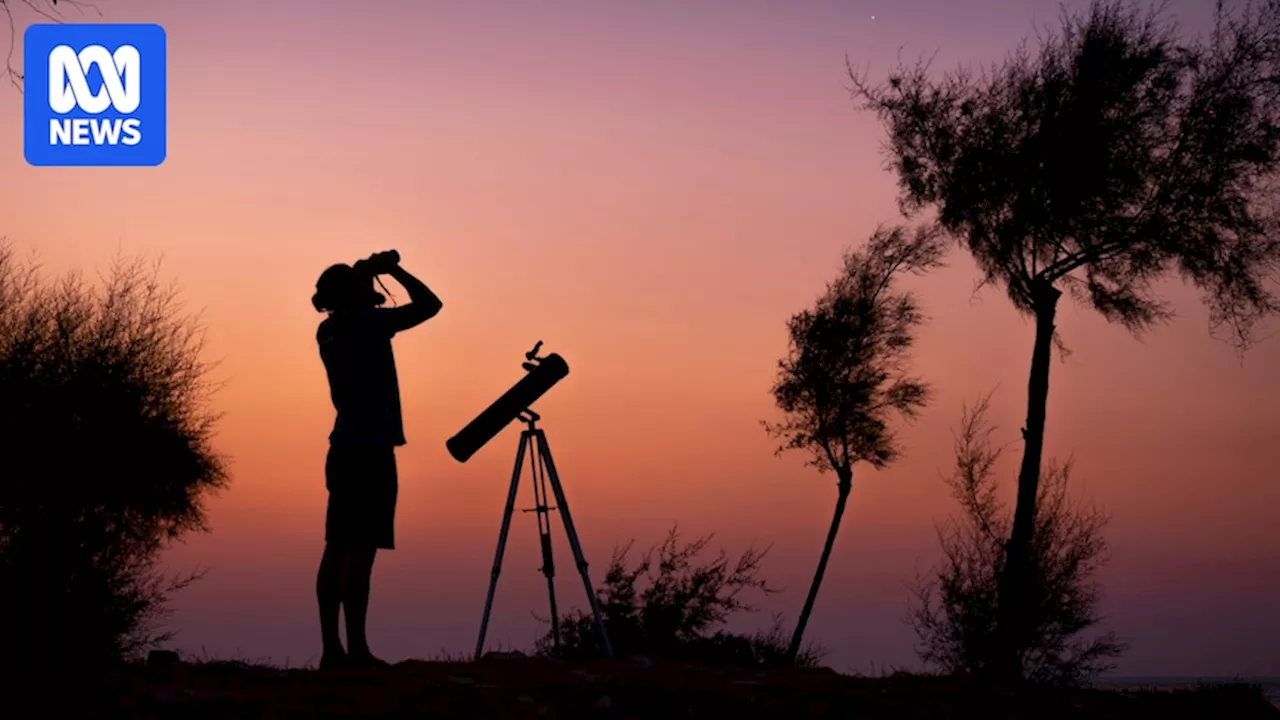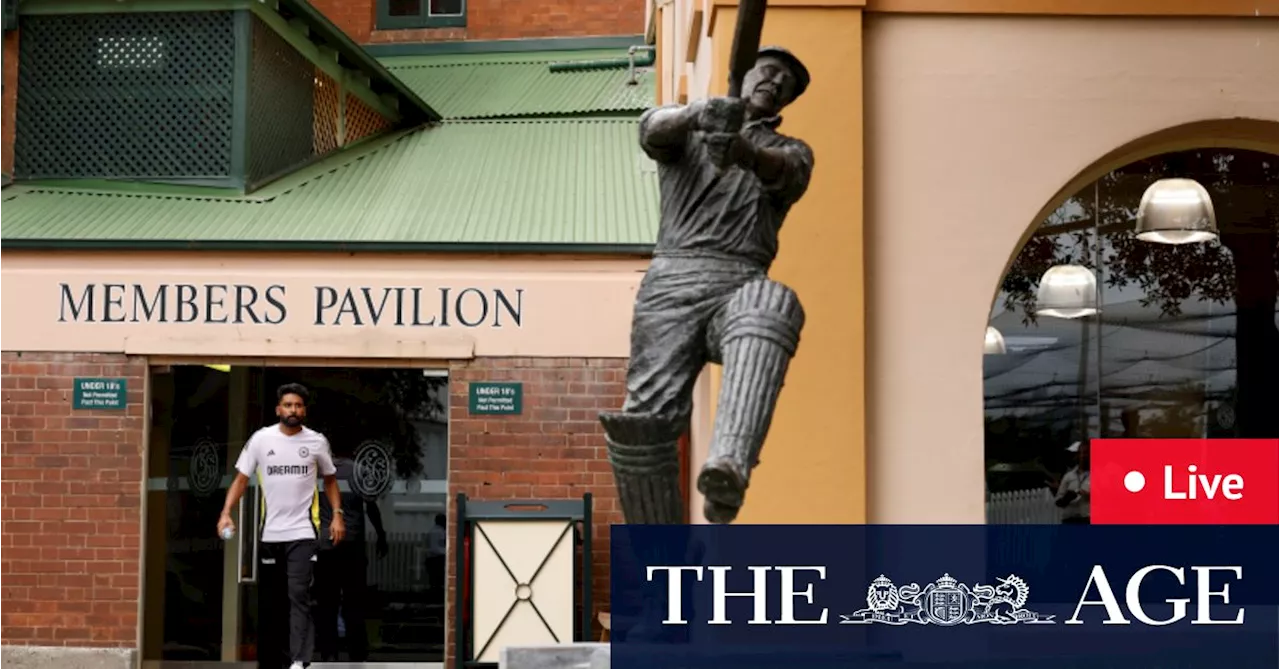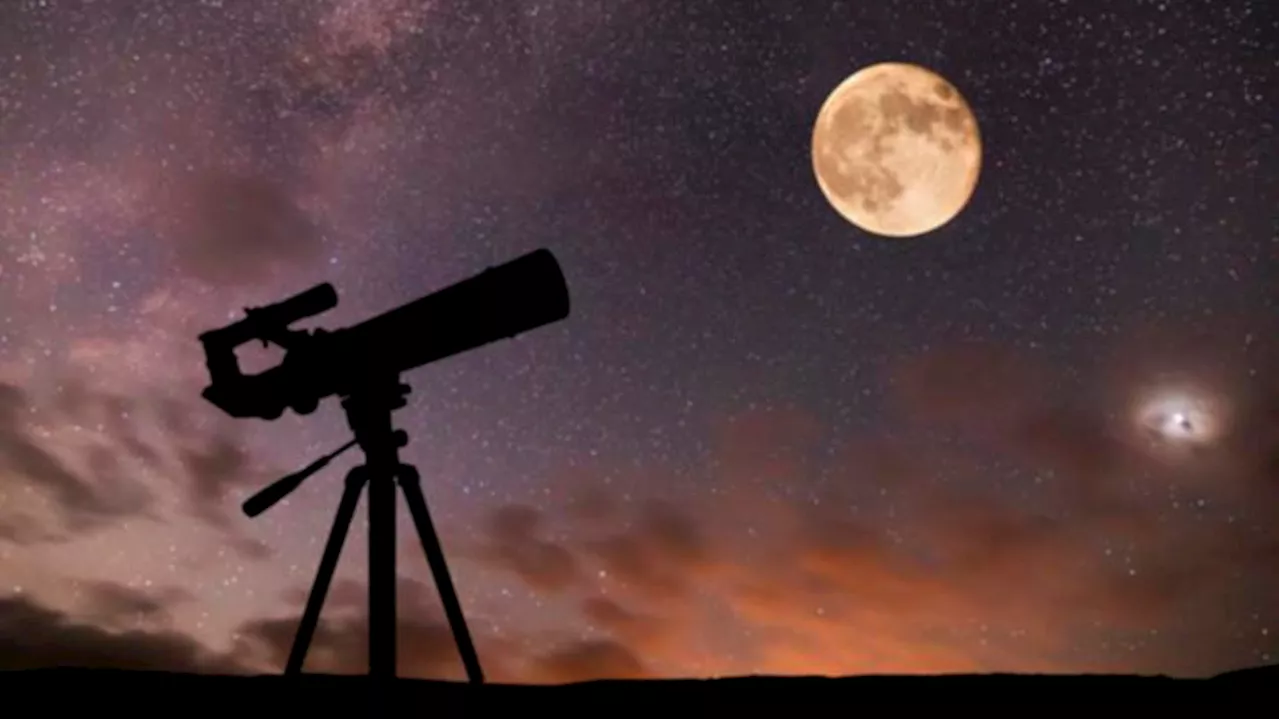Get ready for a celestial treat as seven planets align in a spectacular planetary parade visible to skygazers throughout the world. This rare event, occurring nearly every decade, allows us to witness our solar system's planets gathered together in the night sky. Learn more about the upcoming planetary parade, its duration, and the best planets to spot.
A celestial spectacle, a once-in-a-decade event, awaits skygazers following the dazzling display of the Atlas comet earlier this week. Those equipped with binoculars or telescopes are in for a treat as our main planets will gather in a cosmic parade, appearing closer to Earth in sequential order. While some planets are already visible, others will join the celestial lineup in the coming weeks.
A planetary parade, as described by NASA, occurs when four or more planets align within our night sky simultaneously. This year's parade boasts an impressive seven planetary participants. However, it's essential to distinguish this planetary parade from the rare occurrence of a full planetary alignment, where planets line up in a perfect straight line as we orbit the sun. Instead, our planets will follow the ecliptic line, an invisible path traced by our sun across the sky. This alignment stems from the shared origin of all planets in our solar system: they formed from the same gas and space dust billions of years ago, orbiting a young sun. Therefore, they occupy a relatively similar orbital plane, including Earth, resulting in their visible alignment along the ecliptic. Douglas Sprigg, an expert from Arkaroola Dark Sky Sanctuary in South Australia, shed light on the upcoming celestial show. Located 650 kilometers north of Adelaide, the observatory provides an ideal vantage point to witness the planetary parade. Sprigg explained that Saturn and Venus will be visible together in the west as twilight descends, while Jupiter will shine brightly in the north and Mars, recognizable as a red star-like object, will be located in the east-northeast. He emphasized that a full planetary alignment is highly improbable in the foreseeable future, clarifying that the current ecliptic event is not the same as a full alignment. Sprigg also debunked the myth of Mars' retrograde movement, stating that it will only appear slightly larger than usual. He also addressed the misconception that Mars' close approach to Earth will make it appear as large as the moon, assuring that while it will become more prominent and detailed through telescopes, the size difference will not be significant.For those eager to witness this celestial spectacle, the easiest planets to spot initially are Jupiter, visible above the Orion constellation, and Venus, appearing as a bright star in the twilight sky. Later, Uranus and Neptune will join the parade, but their visibility requires dark skies and telescopic viewing. Unlike previous planetary parades, this year's event promises a longer duration, as the planets are favorably positioned in the sky. Skygazers can expect to see all six planets visible nightly until the last week of February. As the Australian summer draws to a close, the planets are likely to return to their individual spots in our night sky
PLANETARY PARADE ASTRONOMY SOLAR SYSTEM CELESTIAL EVENT SPACE
Australia Latest News, Australia Headlines
Similar News:You can also read news stories similar to this one that we have collected from other news sources.
 How to watch the 'planetary parade' at its peak in Australian skiesSix planets are visible in Earth's skies in what has been labelled a parade of planets — and what is said to be the best night to view it is approaching.
How to watch the 'planetary parade' at its peak in Australian skiesSix planets are visible in Earth's skies in what has been labelled a parade of planets — and what is said to be the best night to view it is approaching.
Read more »
 Rare G3 Atlas comet lights up Adelaide skies in a once-in-160,000-year event7NEWS brings you the latest local news from Australia and around the world. Stay up to date with all of the breaking sport, politics, entertainment, finance, weather and business headlines. Today's news, live updates & all the latest breaking stories from 7NEWS.
Rare G3 Atlas comet lights up Adelaide skies in a once-in-160,000-year event7NEWS brings you the latest local news from Australia and around the world. Stay up to date with all of the breaking sport, politics, entertainment, finance, weather and business headlines. Today's news, live updates & all the latest breaking stories from 7NEWS.
Read more »
 How to see the 'planet parade' alignment in Australian skiesThe night sky is putting on a celestial show with a dazzling 'planetary parade' featuring six major planets and a bonus comet.
How to see the 'planet parade' alignment in Australian skiesThe night sky is putting on a celestial show with a dazzling 'planetary parade' featuring six major planets and a bonus comet.
Read more »
 Border-Gavaskar Trophy: Blue Skies and High Stakes for Day One in SydneyDay one of the fifth and final Border-Gavaskar Test between Australia and India at the SCG promises clear weather and intense cricketing action. Australia, leading 2-1 in the series, can secure their first series win over India in a decade with either a win or a draw. India, on the other hand, needs a victory to level the series and retain the trophy. Beau Webster is set to make his Test debut for Australia, while Rohit Sharma leads the Indian side.
Border-Gavaskar Trophy: Blue Skies and High Stakes for Day One in SydneyDay one of the fifth and final Border-Gavaskar Test between Australia and India at the SCG promises clear weather and intense cricketing action. Australia, leading 2-1 in the series, can secure their first series win over India in a decade with either a win or a draw. India, on the other hand, needs a victory to level the series and retain the trophy. Beau Webster is set to make his Test debut for Australia, while Rohit Sharma leads the Indian side.
Read more »
 Blue Skies and High Hopes: Day One of the Fifth Border-Gavaskar Test UnderwayThe 5th and final Border-Gavaskar Test between Australia and India is underway at the SCG in Sydney with clear weather for the first day. Beau Webster makes his Test debut for Australia, who lead the series 2-1 and need a win or draw to secure their first series victory over India in a decade. India, on the other hand, require a win to level the series and retain the trophy.
Blue Skies and High Hopes: Day One of the Fifth Border-Gavaskar Test UnderwayThe 5th and final Border-Gavaskar Test between Australia and India is underway at the SCG in Sydney with clear weather for the first day. Beau Webster makes his Test debut for Australia, who lead the series 2-1 and need a win or draw to secure their first series victory over India in a decade. India, on the other hand, require a win to level the series and retain the trophy.
Read more »
 Chemtrail conspiracy theories: why RFK Jr is watching the skiesBelief in a supposed US government plot linked to aircraft condensation trails has been boosted by confusion over proposals to geoengineer a response to the climate crisis
Chemtrail conspiracy theories: why RFK Jr is watching the skiesBelief in a supposed US government plot linked to aircraft condensation trails has been boosted by confusion over proposals to geoengineer a response to the climate crisis
Read more »
